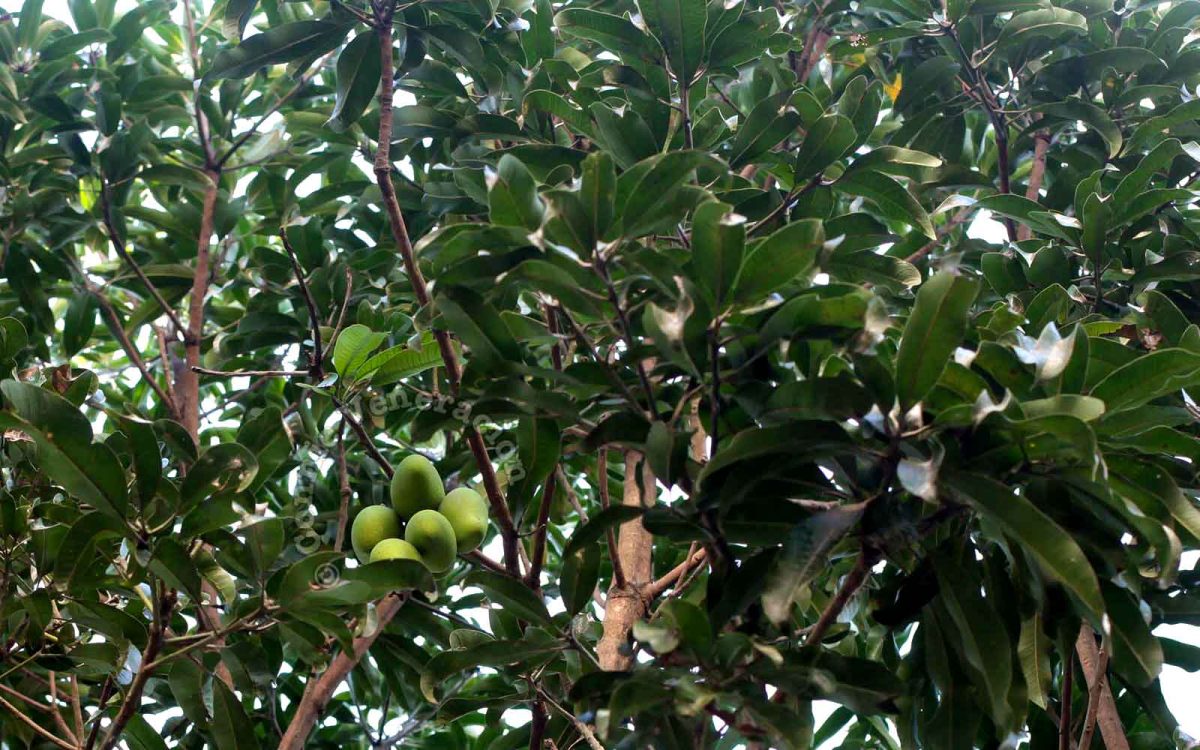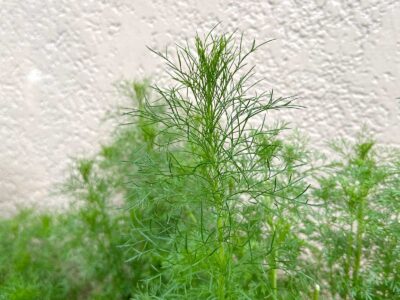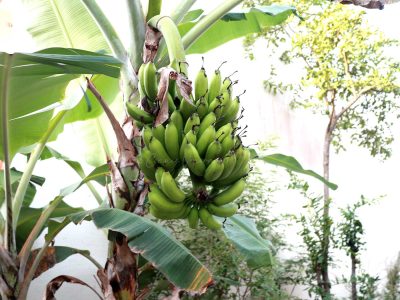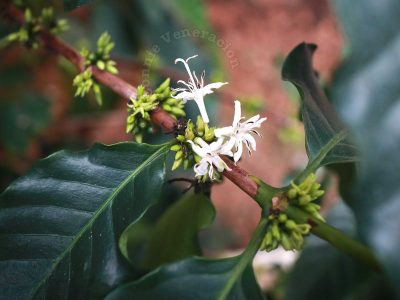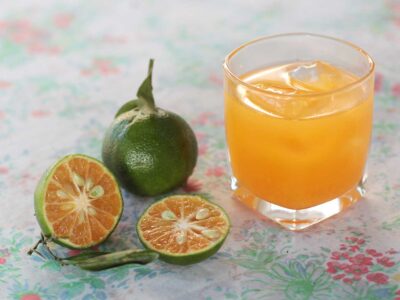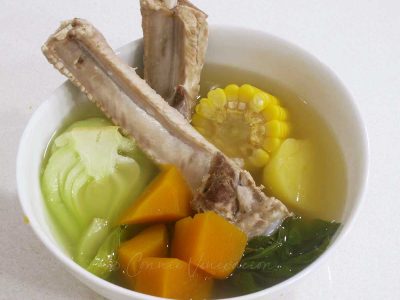The mango tree was already huge when we moved into this house in 2008. It bore fruits but the few clusters were often too high to reach. But we thought that with the sheer size of the tree, it should be bearing a lot more.
Thinking that insects might be eating the fruits even before they were visible to us, Speedy burned dried leaves under the tree in the hope that the smoke would get rid of whatever insects had made their home there. Neighbors advised us to cut off branches to encourage growth. What a mistake that was.
It wasn’t until we got professional advice that we learned that cutting branches had the opposite effect. Fruits don’t grow on young branches. We had to wait for the new branches to mature. It took a couple of years until, finally, we were ready to harvest our own mangoes.
To reach the mangoes hanging from branches as high as our roof, my husband, Speedy, made a fruit picker pole from a length of bamboo and attached our daughter’s old butterfly net on one end. It’s not pretty but it works. Where does pretty figure in anyway? A fruit picker is meant to pluck fruits from the tree, not look stylish for a pictorial.
If you want to make your own fruit picker, you only need three things
- a pole
- a butterfly net and
- wire to hold them together
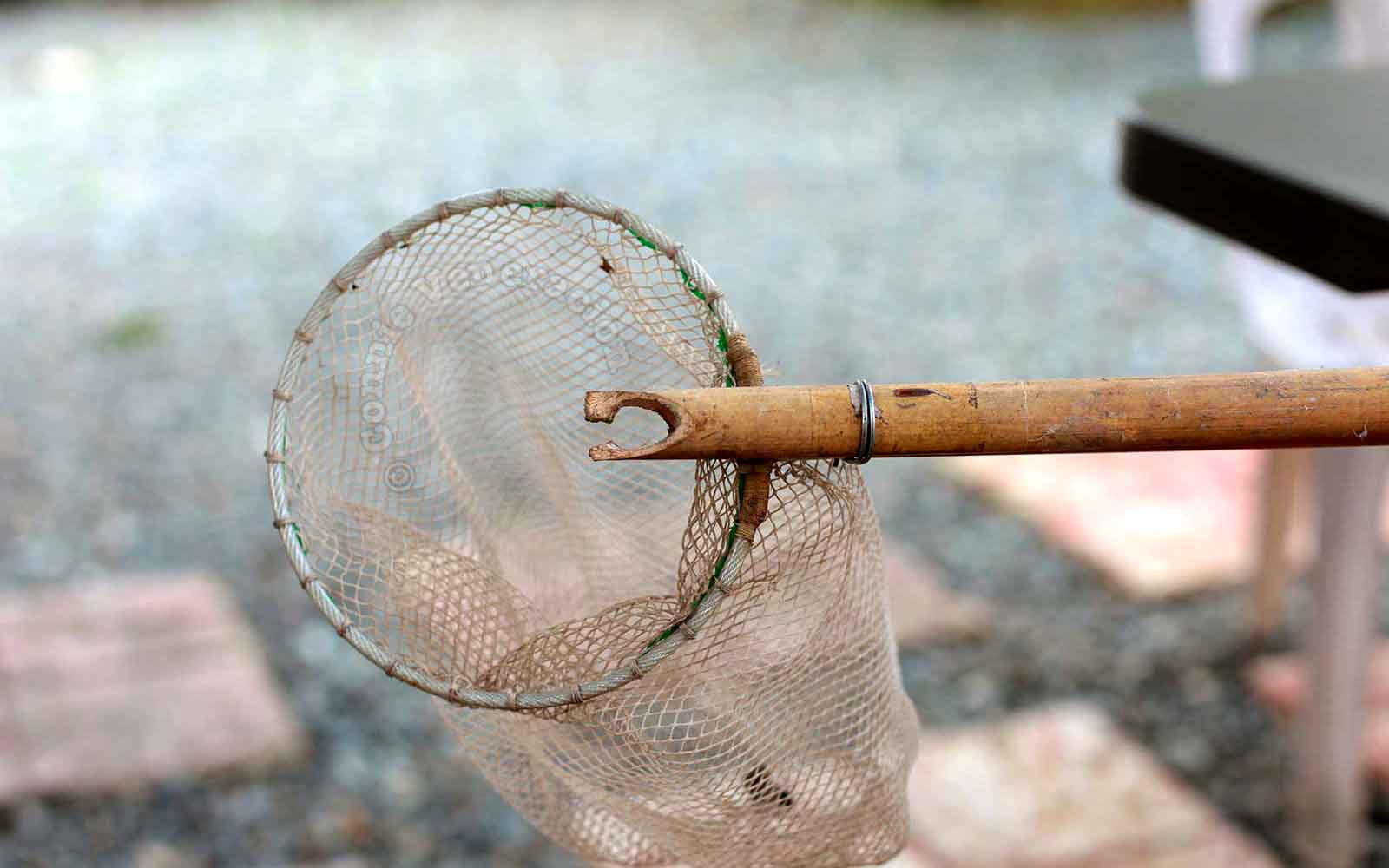
How to make a simple fruit picker
For the pole, choose something lightweight. The fruit picker is heavy enough; imagine when the net is filled with fruits.
Carve one end of the pole to make a groove. This is important; the fruits won’t fall into the net unless they are detached from the tree. That groove will separate the fruits from the tree.
When the groove is ready, position the butterfly net handle parallel to the pole. Make sure that the grooved end protrudes over the rim of the net. Use wire to attach the butterfly net handle to the pole.
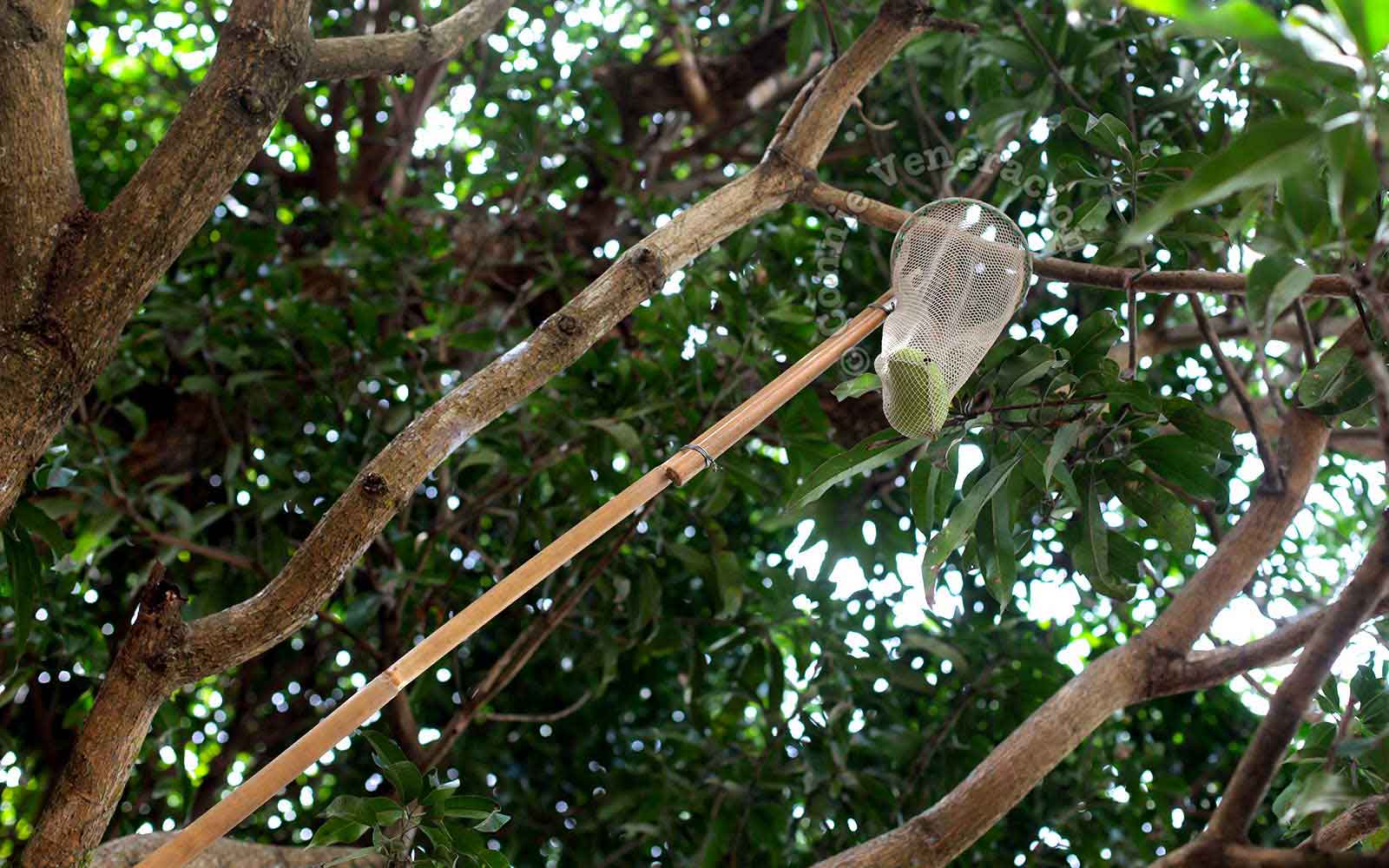
To pluck fruits from the tree, position the pole with the net side up. Push the groove to enclose the fruit stem or the thin branch that holds a cluster of fruits. Twist and tug to disengage the fruit or to break the thin branch. As you twist and tug, flip the angle of the pole so that the net can catch the fruits.
Speedy set his foldable step ladder against the wall of the house and plucked clusters of mangoes here and there. He moved the ladder, positioned it against the tree trunk and picked some more — enough to make mango lassi, green mango salad and mango Margarita.
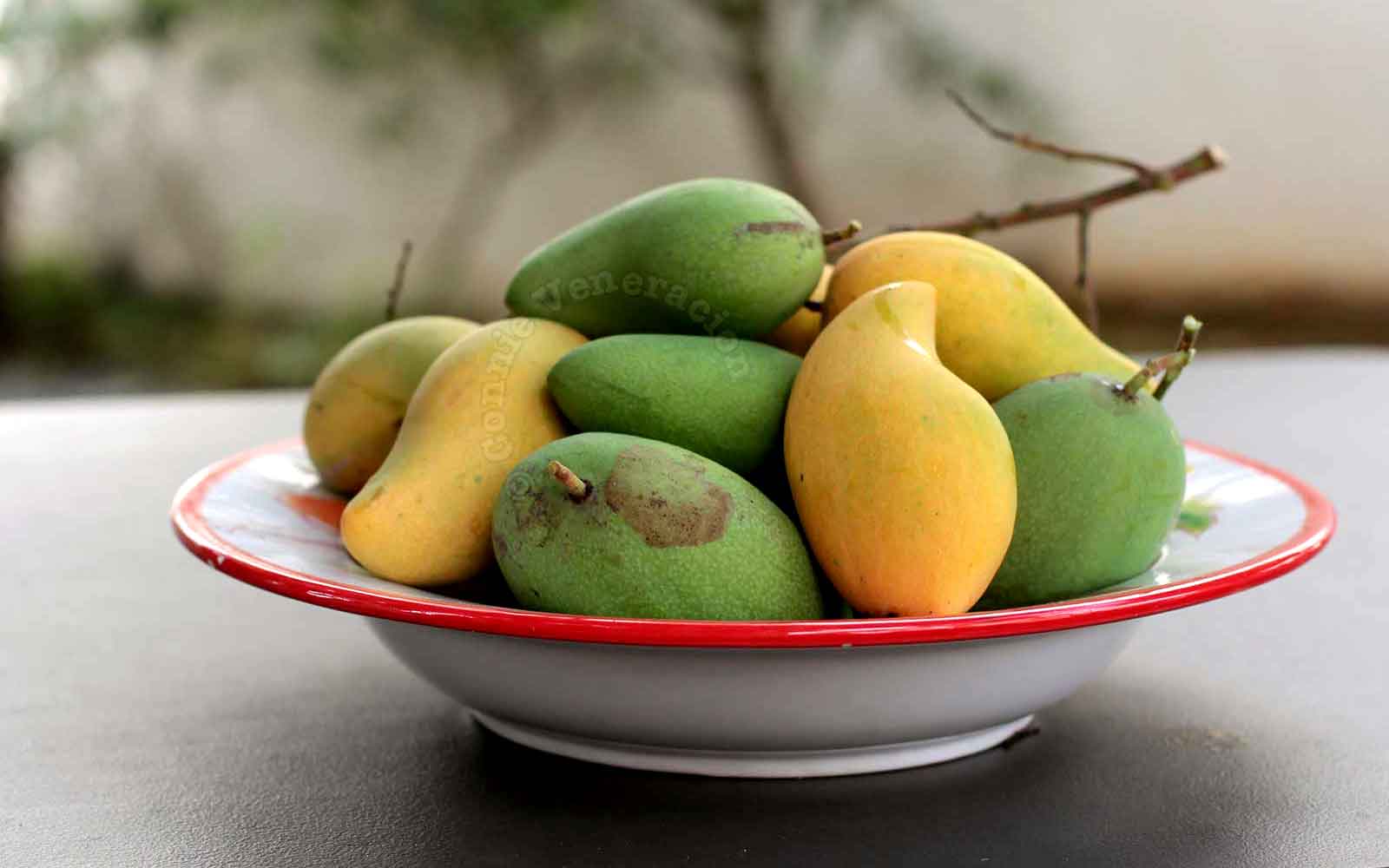
The ripe mangoes with yellow skin were picked a week earlier while still green. We put them on the dining table and, after a few days, the skin turned yellow and the flesh had become soft and juicy. The still green ones were plucked from the tree on the day the photo was taken.
Granted, our mangoes are not the biggest nor the sweetest in the world. But there’s an indescribable feeling when you’re holding a fruit that came from your own tree. It’s the same feeling I always get when harvesting vegetables and herbs. A mixture of pride and gratification knowing that we tried to connect with nature and succeeded. Producing and consuming rather than merely consuming.
Maybe, someday, we can have a real farm. For now, we’re happy with our mango tree and other edibles we get from the garden.

